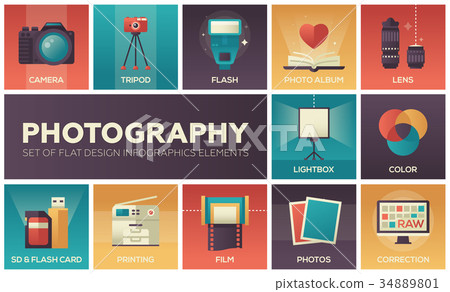Photography Tips For Beginners: Grasping Your Electronic Camera Quickly
Photography Tips For Beginners: Grasping Your Electronic Camera Quickly
Blog Article
Writer-Barrett Kaas
When you first get your cam, it can really feel frustrating with all the setups and options readily available. Portrait Studio could find yourself asking yourself exactly how to navigate aperture, shutter rate, and ISO efficiently. Understanding these basics is vital, however there's more to photography than simply technical knowledge. Comprehending make-up strategies and illumination problems can elevate your images significantly. So, what if https://telegra.ph/Usual-Errors-New-Photographers-Make-And-Exactly-How-To-Stay-Clear-Of-Them-01-07 could discover simple approaches to boost your abilities and start capturing remarkable images quicker than you assume? Let's explore how to transform https://petapixel.com/2019/01/10/7-unusual-travel-photography-tips-you-dont-usually-hear/ .
Comprehending Electronic Camera Setups
Comprehending your electronic camera settings is important for catching stunning photos. When you get your cam, acquaint yourself with the three major settings: aperture, shutter speed, and ISO. Each plays an essential role in how your pictures turn out.
Start with aperture, which regulates the quantity of light going into the lens. A wider aperture (lower f-number) allows extra light and develops a stunning background blur, ideal for portraits. Conversely, a narrower aperture (greater f-number) keeps more of the scene in focus, suitable for landscapes.
Next off, focus on shutter speed. This setting figures out the length of time your electronic camera's sensing unit is exposed to light. A rapid shutter speed ices up movement, which is wonderful for action shots, while a sluggish shutter rate can develop magnificent impacts like smooth water in landscapes.
Last but not least, adjust your ISO. This setting affects your electronic camera's sensitivity to light. A greater ISO is useful in low-light scenarios however can introduce noise or grain. Go for the lowest ISO feasible while still accomplishing proper direct exposure.
Structure Techniques
When you're out shooting, structure can make all the difference in how your images resonate with customers. Begin by utilizing the regulation of thirds; imagine your framework separated into 9 equal areas with 2 straight and 2 vertical lines. Position key elements along these lines or at their crossways to produce balance and passion.
Next, take into consideration leading lines. These natural lines in your scene, like roads or rivers, draw the visitor's eye into the photo, leading them through the tale you're informing.
Do not forget about mounting; use aspects within your scene, like trees or home windows, to create a structure around your topic, adding deepness and focus.
Also, keep an eye on your history. A chaotic history can sidetrack from your major topic, while a basic one helps it stand apart.
Lastly, trying out symmetry and patterns; they can create a striking photo that records focus.
Mastering Lighting Issues
Grasping lights conditions is critical for capturing spectacular photographs, as the best light can change a common scene into something amazing.
Beginning by observing all-natural light at various times of the day. Early mornings and late afternoons offer the very best light, called the gold hour. The soft, warm tones during these times can boost your images magnificently.
Do not avoid cloudy days either; diffused light can reduce harsh darkness and develop a pleasing effect, particularly for pictures.
Try out backlighting by positioning your topic versus the source of light. This method can develop a fanciful halo result and include deepness to your photos.
Take note of your cam settings also. Adjust the ISO, aperture, and shutter speed to fit the lights conditions. A higher ISO can aid in low light, however be cautious of grain.
Utilize a tripod in darker atmospheres to prevent blur.
Finally, do not fail to remember synthetic lighting. Flash and continuous lights can be wonderful tools for regulating light in challenging problems.
Verdict
Finally, mastering your electronic camera does not need to be frustrating. By understanding your settings, applying make-up strategies, and harnessing the power of natural light, you'll swiftly boost your digital photography skills. Remember, exercise makes ideal, so go out there and experiment with your newly found understanding. With time and devotion, you'll be recording spectacular photos that mirror your special viewpoint. Delight in the journey, and don't fail to remember to have fun while you go to it!
